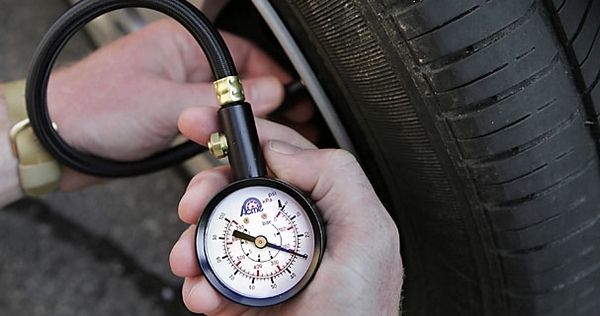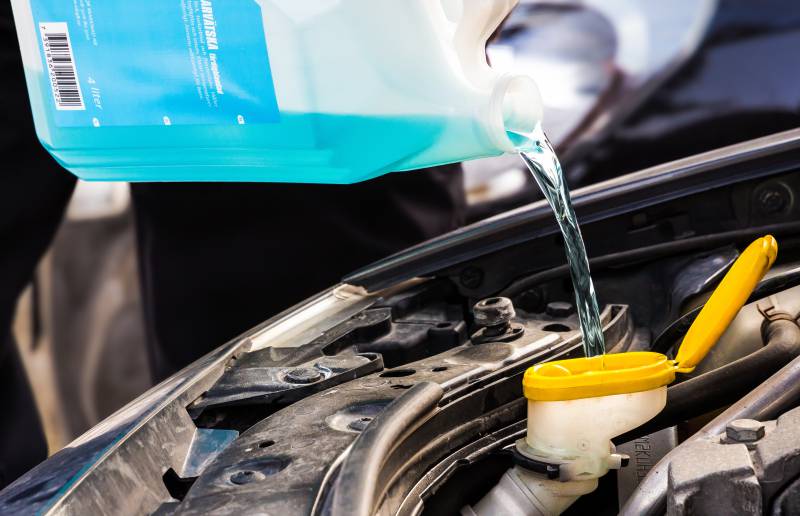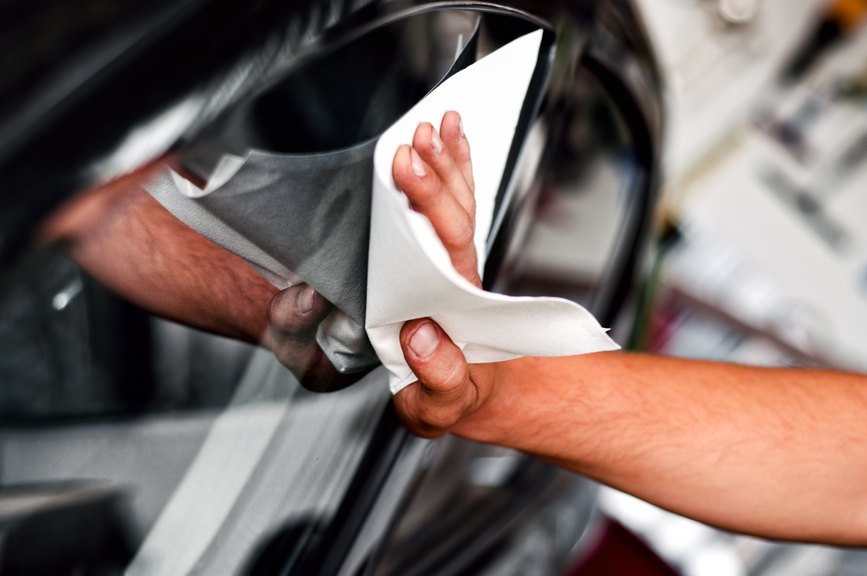Whether you are taking a two-hour ride to another city, or taking your whole family out on vacation, you need to be sure that your vehicle is ready for the challenge. There is nothing more frustrating than being left stranded on the side of the road due to a malfunctioning engine or other breakdown in the car. Plus, undiagnosed malfunctions can put the lives of the passengers under threat. Here is how to check your car prior to a long ride.
Check the tyres
Your tyres are constantly in contact with the road, which is why they need to be kept in an impeccable condition. First, check the air pressure using a special gauge. Consult with your car owner’s manual if you’re not sure which pressure is right for your car, since it’s different for various sedans, SUVs, and minivans. Don’t forget to check the spare tyre as well – it can be very helpful if something goes wrong with one of the four main tyres.
Next, check the tyre wear. Worn out tyres are very dangerous even during short trips around the city, but long car journeys can be especially jeopardized due to old tyres, since the car can behave unpredictably in case of bad weather or unusual terrains. The minimum tread required for a safe journey is 2.5mm – if your tyres are more worn out than you thought, consider getting a new set of tyres before the trip.
Check the fluids
If you’re a responsible car owner, you already know the schedule for checking your vehicle’s fluids and know that it needs to be done regularly. Oils, brake fluid, engine coolant, windscreen wash, and other additional fluids like clutch fluid and power steering fluid can have a drastic effect on the quality, safety, and comfort of your ride. If you’re not sure where the reservoirs for each fluid are located, look into the manual to find some tips on filling up or replacing the fluids.
Engine oil is the most crucial car fluid that needs regular checkups as well. However, if you’re preparing for a particularly long trip, consider changing the oil completely even if you’ve already done it recently – when your engine is running for hours a day, it can put extra stress on the vehicle. Freshly replaced oil will help the engine run better and will spare you from numerous engine-related problems during the trip. Don’t forget to change the oil filter as well!
Prepare the exterior
Washing and waxing your car not only makes your vehicle look better and newer, but it also helps improve the visibility due to newly washed windows, as well as allows the car’s exterior to avoid quick deterioration. Wash the whole car, paying special attention to the windows and mirrors. Then check the wiper blades to see if the work correctly – you don’t want to get caught in the rain with unusable wiper blades, which is why broken blades need to be timely replaced.
Check the lights and signals
When you are driving in the middle of nowhere, it’s very important to have working signals and lights. It may take two people to perform this step. Sit behind the wheel and activate lights and signals one after another, and have a friend or family member stand outside the car and tell you if any of the signals is not working. If necessary, replace the light bulbs where needed. It’s also a good idea to carry a couple of compatible bulbs in the car at all times, so that you wouldn’t be taken aback by a light that goes out of order.
Find all kinds of car details on Jiji














